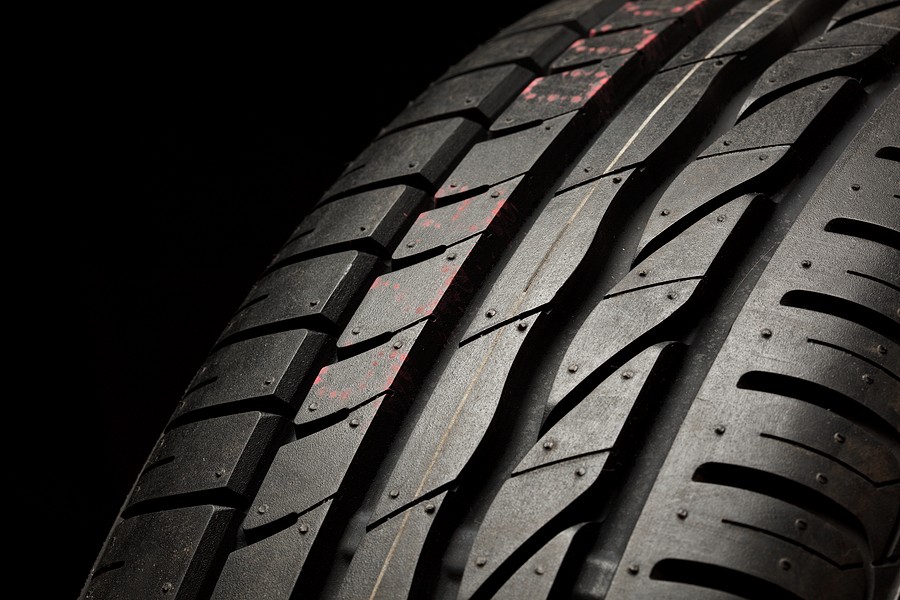Determining when is it time to replace your tires, you need to perform the Penny test by checking the tread depth or check the tire manufacturing date. If you realize that your tire doesn't have enough tread or if it was manufactured more than six years ago, it could indicate that you should replace the tires.
The tires are one of the most critical components in your vehicle. This is because they are the first components interacting with the road continuously. As a result, any minor problem with the tire might lead to catastrophic outcomes that might impact your safety.
Even if you're using the highest quality tires, these tires might experience some wear and tear at some point in time, and that's when you must replace them. However, some inexperienced drivers might not fully know all potential symptoms indicating that you're due for tire placement.
This article walks you through all you need to know about the importance of changing your tires and when it is time to replace your tires.
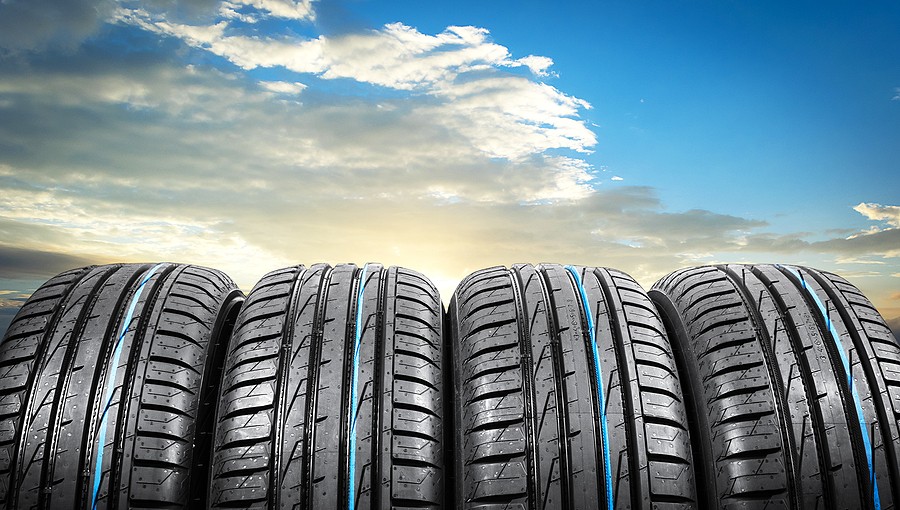
Why is it important to maintain your vehicle's tires?
As we indicated earlier, your tires are important features in your vehicle. They don't only make your car look great, but they also have to do with a lot of important elements. Let's take a closer look at some of the reasons why you should maintain your tires and replace them when needed:
1. Ensure your safety
If you don't have perfectly working tires, you are playing with something that could impact her safety. Tires or designed in a way that makes them grip the road and prevent your vehicle from slipping or skidding, especially if you have the right type of tires during severe seasons like harsh winters.
If the tires are not in good condition, it becomes very hard to control the car and make it drive straight to prevent major car accidents. Thus, maintaining the tires is essential for any driver, no matter your budget, if you don't want to deal with safety issues.
2. Improve efficiency
Your vehicle is designed in a very precise way, and if the tires are in good condition, your car doesn't have to work hard because it produces the right amount of energy that gets the car moving without any stress.
However, when the tire is not in good condition, your engine will work much harder and consume more energy. As a result, your vehicle will not be as efficient as it should be, and it will not produce the right amount of energy you should get every time you hit the gas pedal.
3. Prevent damages to other components
When the tires are in bad condition, they not only impact safety or performance, they might cause damages to other components. For example, if you have a flat tire on one side of your vehicle, your vehicle will be tilted into one side, and therefore, extra pressure will be added to a portion of your car.
That's why you might be facing additional problems with the steering system or probably the suspension system. Problems with the suspension system are not easy to fix and might require very high repair costs. Therefore, instead of dealing with these repair costs and all the headaches, it's easier for you to replace the tires and have them in good condition all the time.
4. Improve gas efficiency
As we indicated before, if the tires are not in good condition, they might impact the way your engine performs and the amount of energy it produces. That's why if you have high-quality tires or if your tires are not in bad condition, you don't have to worry about consuming too much fuel as usual
However, if you realize that you visit the gas station more frequently than before, it could be a problem with the tires, and that's why your mechanic might need to take a closer look at it and provide you with some guidance on what to do next.
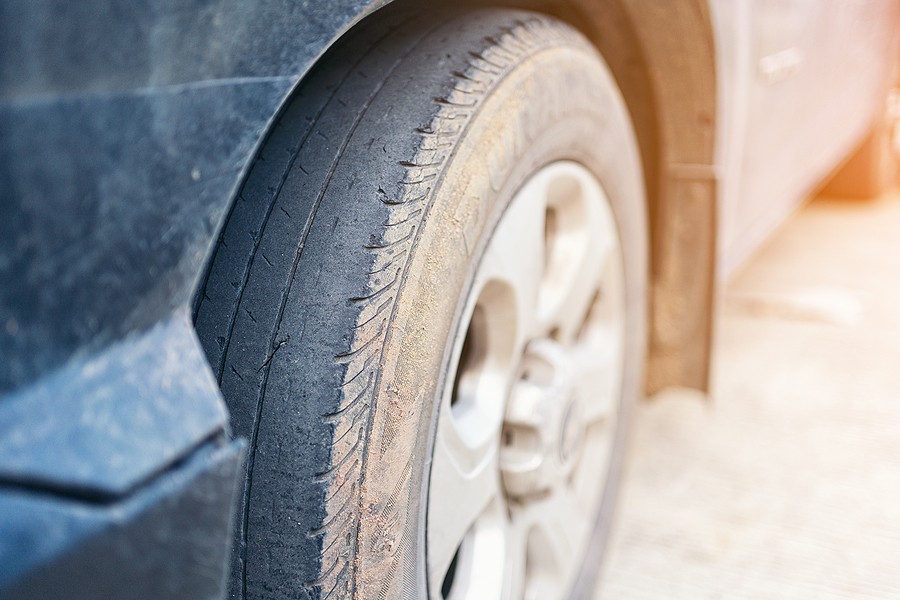
When is it time to replace your tires?
After reading through the importance of maintaining retires, you might get a little concerned about when to replace your vehicle sellers. The good news is that automotive experts put some indications that you should pay attention to alerting you to replace your tires.
Let's say it was a look at some of these indications:
1. Check the tire tread
The first and easiest way to determine whether you are due to replace your tires or not is by performing the penny test. This test allows you to look at the tire treads and confirm that you have enough tread for your vehicle to perform properly.
If the tire does not have sufficient tread, it'll be harder for your vehicle to grip on the road and provide you with the right traction to prevent dealing with car accidents.
Therefore, you need to perform a quick inspection using the penny test, which involves inserting a penny inside the tire tread at different locations. Once you insert the penny, take a look at the penny head and see how much out of this penny you can see. For example, seeing the top of Lincoln's head indicates that you don't have enough tire tread. Thus, this is the time to inspect the tires and replace them.
Remember that the penny test should be done at different locations around your tire because sometimes you might have uneven tire wear and tear.
When there is uneven tire wear and tear, it indicates that you're dealing with a different problem other than the tires, and that's when you have to fix that problem first before installing new tires and dealing with the same problem in no time.
2. Check the tires expiration date
It might sound a bit weird that tires have an expiration date here. However, it is not an expiration date but a rough estimate for when the tires will reach the end of their lifetime. Typically, automotive experts recommend about six years where you will start Noticing some major problems with your tires, and that's where you have to replace the tires.
The first step to determine whether your tires reached the end of their lifetime is to check the production or manufacturing date. It is typically a date posted on the tire itself on the side. It should have four-digit numbers, and the first two digits indicate the week number, and the 2nd two indicate the year. Next, look at the year and the manufacturing date to confirm whether you're about to reach the tires' lifetime. For example, if you notice that the printed number on your tire says 1210, it means that your tire was manufactured on the 12th week of 2010.
3. Check for signs of wear and tear
The other thing you can do is perform a quick visual inspection. Even if you are not a very experienced driver, you can tell that the tire is worn out more than before. You don't necessarily have to perform the penny test to tell because you'll see that there is not enough tread and the vehicle has an uneven tear and wear.
Detecting early signs of tire damage helps you prevent major consequences and allow you to get out of emergencies without any issues or high repair costs.
4. Consult your mechanic
If you found it a bit hard to confirm whether you place the tires, the easiest thing is to reach out to your mechanic. Your mechanic can perform a quick visual inspection and provide you with accurate recommendations in no time. The mechanic is used to this stuff, and he knows what the tire status is by just looking at it.
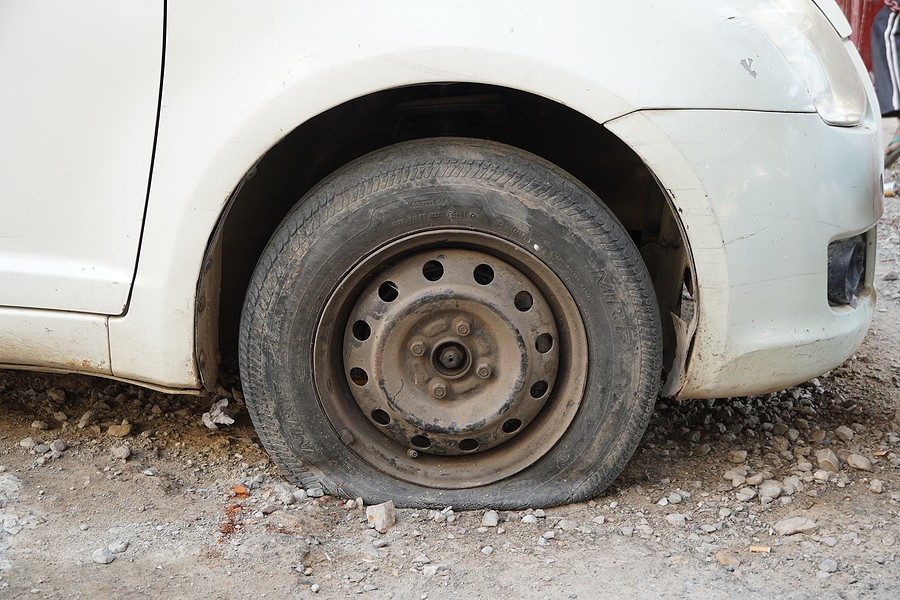
How long should tires last in miles?
While this all depends heavily on many factors, experts expect that your tires should last between 50,000 miles and 60,000 miles. However, this might not be accurate for every driver.
For example, if you drive continuously on rough roads, you will deal with premature tire damages, and you'll need to replace them before what you expect. Similarly, if you have to drive over a path hole or probably a nail and have to deal with puncturing your tire, that is another issue that might shorten the lifetime of your tires.
Finally, not maintaining you are tired also impacts this tire's lifespan. For instance, if you were dealing with a flat tire and you decided to ignore it, it could cause some damage and shorten the tires' lifetime.
Do I need to replace all four tires at the same time?
That's a great question! Unfortunately, many inexperienced drivers think that if one of their tires is not good, they can easily replace that one tire. However, that's not how it goes.
Tires are designed in a very precise system, and it's linked to your suspension system and the vehicle's balance. So if one tire goes bad, you will have to either replace the four of the tires or probably two of them simultaneously, assuming that the two are on the same axle.
If you decided to change one tire, imagine what could have been into the vehicle's balance. One tire has more tread than the older one, and therefore, the vehicle's height will not be even on both Sides.
Depending on your vehicle's system and depending on your mechanic's recommendations, you might end up with your placing only tool tires if you're lucky. Still, the manufacturer requires you to replace the whole tire simultaneously in some vehicles.
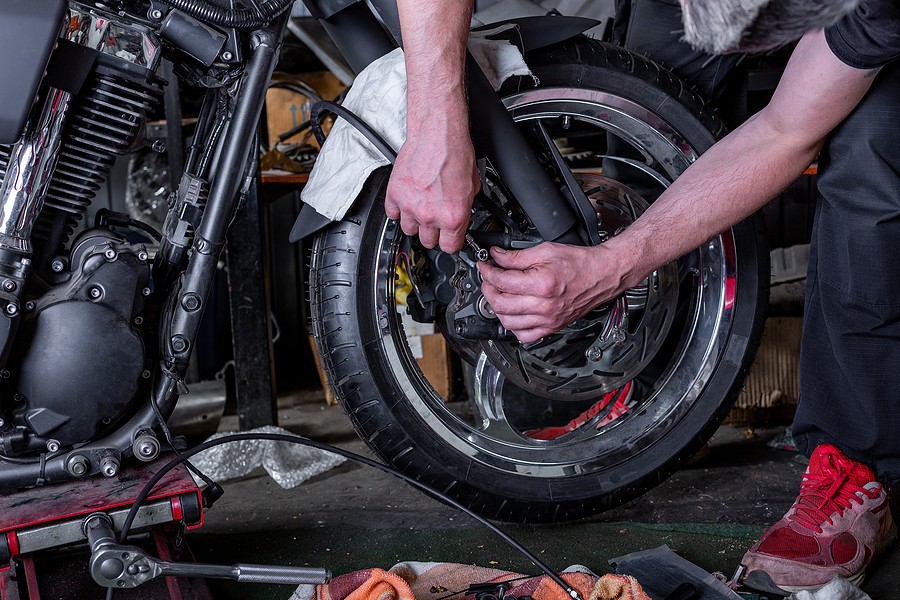
How much does it cost to replace the four tires?
It depends. Typically replacing the four tires should cost you $500 and $750. However, this price range differs significantly depending on your vehicle type and location where you get the job and the quality of the tire.
For example, if you're driving an older car with many tires replacements everywhere, you shouldn't expect to pay much. However, if you decide to replace your luxury tires at a dealership, that's when the price skyrockets and becomes very high.
Should I shop for tires online?
It can be a bit tricky, and there might be a chance to deal with many consequences that could cost you a lot of headaches and money.
While shopping for tires online is very convenient because you don't have to stay online and wait for your turn, or probably you'll have to worry about still running out of stock, there are many things to keep in mind.
For example, you might end up purchasing the wrong tire size, and that's when you'll have to deal with returning them and probably dealing with extra fees on shipment because you're dealing with bigger items.
Also, there's a very high chance of getting scammed through online sellers unless you purchase from a legitimate or known brand directly.
Finally, even if you bought the tires online, you might end up reaching out to your mechanic to install them unless you have the right level of mechanical experience. Therefore, dealing with the installation itself might be a big headache. So if you want to save yourself time and effort, you might want to reach out to your mechanic directly rather than trying to save some money on it so important that it's like retires.
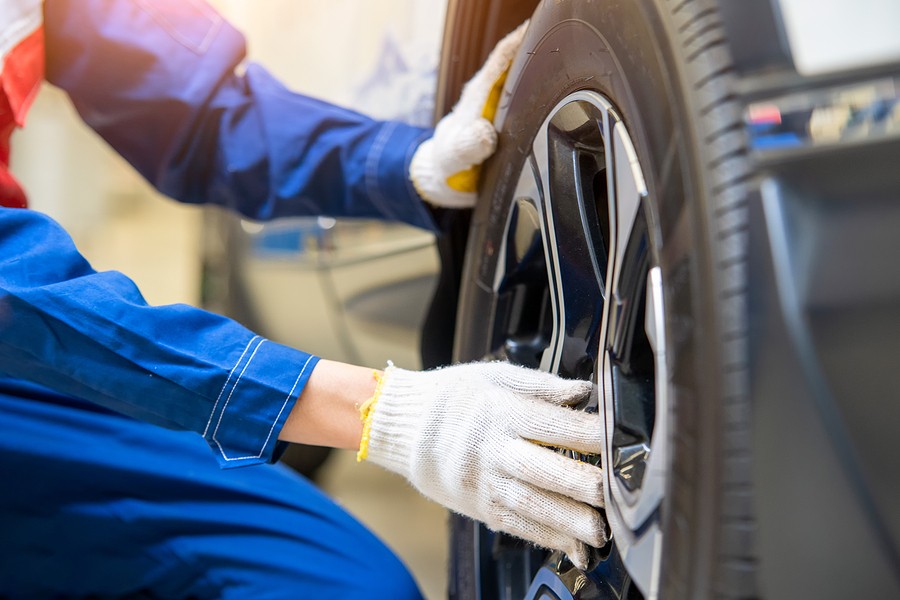
Final thoughts
This article provided you with some recommendations to determine when it is time to replace your tires. We highlighted some of the common tests: the penny test to check the tire tread, and we walked you through a process of checking the tire's manufacturing date to get an idea about when to replace it. Finally, we recommend that you check with your mechanic if you have no clear answer about when to change your vehicle's tires.
Keep in mind that before you change the tires, you'll have to evaluate the vehicle's overall condition. For instance, if there are plenty of other problems your vehicles are dealing with, it might not be worth the investment. That's why many automotive experts recommend selling damaged cars rather than wasting time and energy getting them to work.
Cash Cars Buyer is one of the top-rated car removal companies in the nation that guarantees to pay you the top dollars and provide you with free towing despite your living location around the United States.
Our process is very straightforward and doesn't take more than a couple of days to get your car removed safely and for the most money.
All it takes you is to:
- Describe your car’s type and condition
- Receive our instant free quote
- Accept the quote
- Get your car removed and receive your cash payment on the spot!
To learn more about our process and our teen, you can reach out to us by calling us at (773) 791-4363 or visiting our home page click on the free instant online offer.

